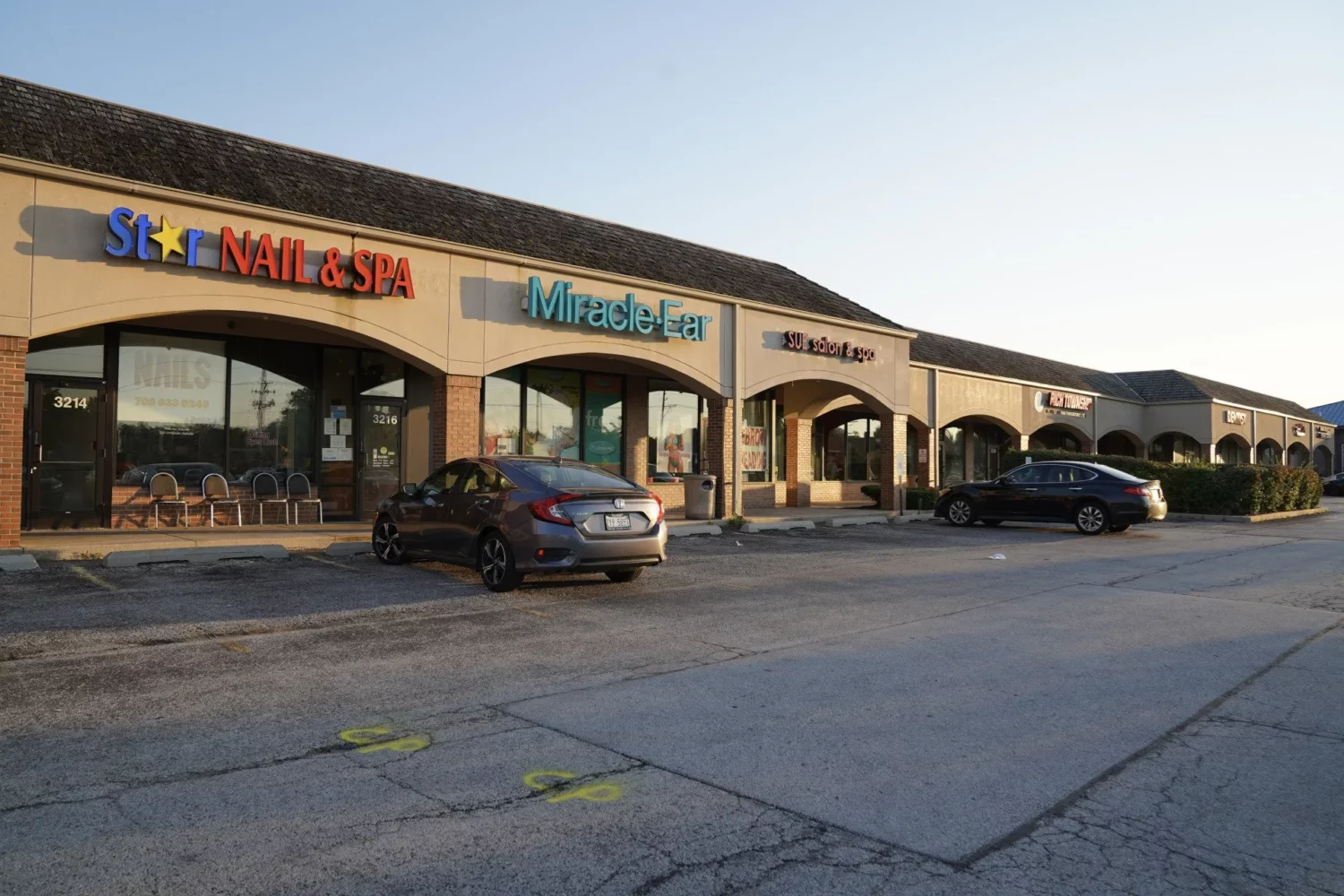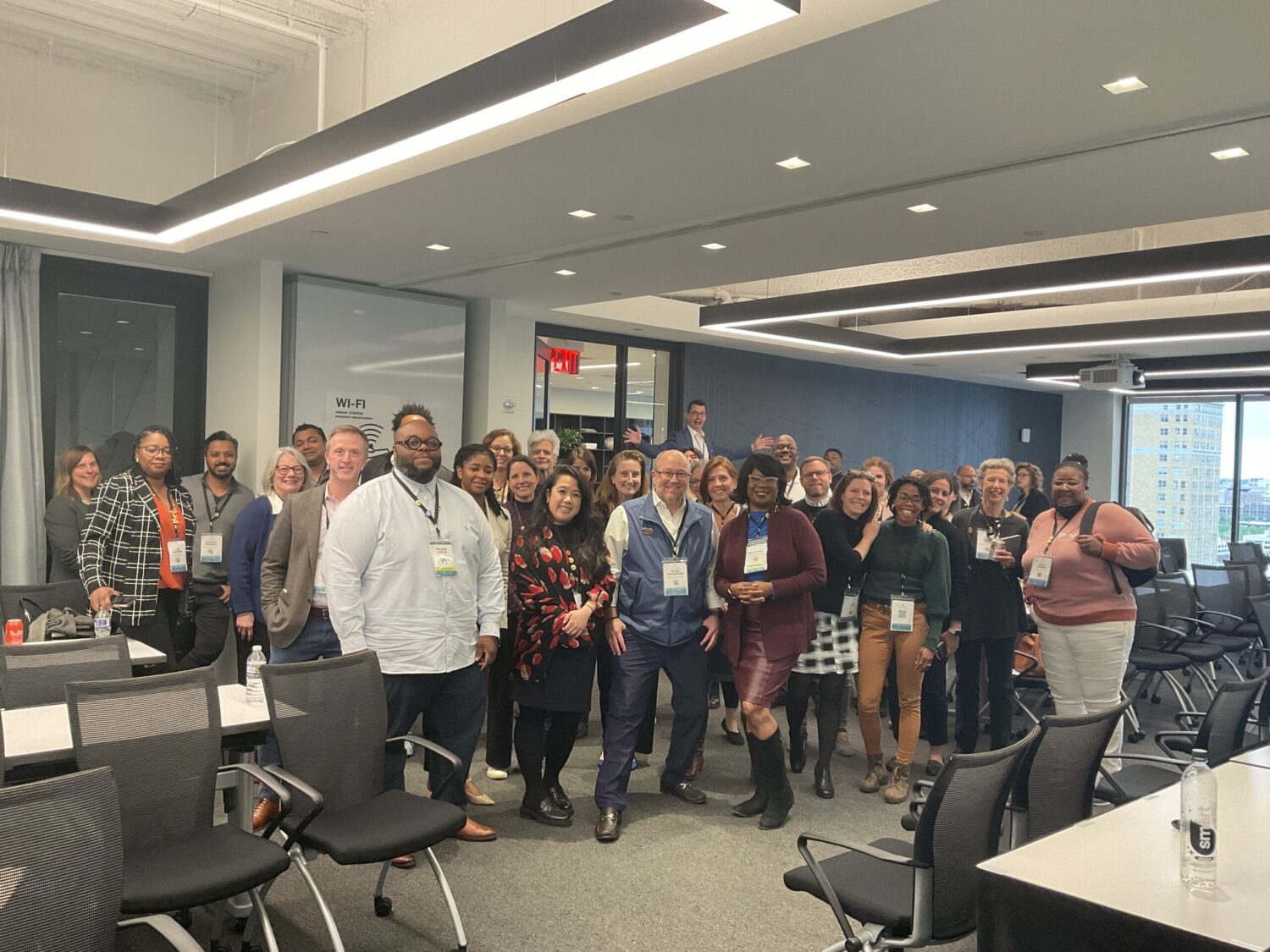Between record levels of government stimulus, an unprecedented vaccination campaign and a buzzing economy, it’s easy to see reasons for optimism as America continues its recovery from the COVID-19 pandemic and ensuing crises.
But if the United States is to fulfill the vision of the Biden-Harris Administration to “Build Back Better,” then no recovery can be considered just or equitable without the resurgence of Black, Brown, Indigenous, rural and other communities that for too long have been denied adequate access to economic development opportunities.
These communities – and the small businesses that drive their local economies – play a critical role in fostering economic prosperity and social cohesion. America’s diversity has long been lauded as one of its greatest strengths. But the key to unlocking that strength is rethinking how capital and decision-making power is distributed across the economy, with a focus on prioritizing underserved communities and underappreciated voices.
Responding to the urgency of the moment, a growing chorus of investors, corporations and non-profit organizations are doing their part to invest in these communities and ensure that the recovery is truly an inclusive one.
How to Drive “Impact in Place”
A new report from the U.S. Impact Investing Alliance, “Impact in Place: Emerging Sources of Community Investment Capital and Strategies to Direct it at Scale,” explores the community investing landscape as it stands today, with the goal of sparking a discussion on how to drive more capital to where it can make the biggest impact. Drawing on insights from industry experts, the report provides recommendations to investors and others who seek to increase the flow and efficiency of investment capital to underserved communities.
To address these challenges and to avoid repeating the same mistakes of the Great Recession and its uneven recovery, we need the private and public sectors to work together – alongside community leaders – to better leverage capital to generate positive and measurable outcomes for local residents, entrepreneurs and workers.
Several major corporations have already taken the first step toward driving more capital to underserved communities, an often overlooked, but essential stakeholder in the economy.
For example, in August 2020, Google issued $5.75 billion in sustainability bonds, making it the largest issuance of its kind to date. Google plans to direct the proceeds from the bonds across eight major impact themes including racial equity, small business support, clean energy and affordable housing. They also worked with Opportunity Finance Network (OFN) to launch the Grow with Google Small Business Fund to support diverse-owned small businesses not well served by traditional lenders. Meanwhile, companies like PayPal, Netflix, Twitter and others have committed small percentages of their cash holdings to racial equity and economic development efforts, such as through investments in LISC’s Black Economic Development Fund.
In addition to investigating emerging trends in corporate America, Impact in Place spotlights innovative strategies for investing in local Main Streets, including the leveraging of donor advised funds (DAFs), a rapidly growing form of charitable giving. The report looks at how organizations like ImpactAssets and CapShift are bridging gaps so that donors can invest their capital for impact in their own backyards. The report also lifts up participatory models for community wealth building, like the Ujima Fund in Boston, which is managed by community members and prioritizes returns for local residents, turning the traditional investment paradigm on its head.
These are encouraging examples that could serve as useful models for other public and private actors. But we need continued momentum and collaboration on a much larger scale to meet the needs of these communities.
Investors – including foundations, corporations, asset managers and individuals – must work together, alongside the public sector, to drive more capital to underserved communities and super-charge the recovery.
The full ‘Impact in Place’ report, which was commissioned by the Federal Reserve Bank of New York, is available at: https://www.newyorkfed.org/outreach-and-education/community-development/emerging-sources-of-community-investment.











